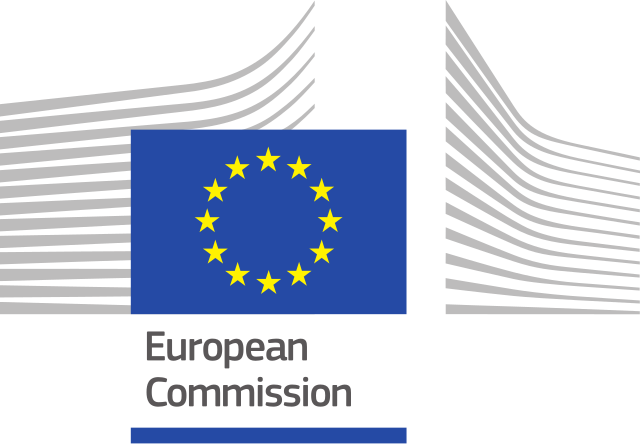HealthChain
Boosting value chains in Health at regional and EU level
Challenge
• Growing population aging, leading to a doubling of the elderly population compared to the working age population. This leads to an increase in the number of users with multiple co-morbidities that will force a paradigm shift from acute to chronic diseases. The increase in the existence of these chronic diseases can consume about 90% of the response capacity of health services;
• The existence of new treatments leads to a substantial increase in health costs per user, which puts strains on budgets in the social security sector;
• All 22 countries that make up the European Union denounce the lack of human resources, namely doctors, nurses and operational assistants;
• A growing expectation of users and citizens regarding a more effective, convenient, accessible and intuitive access to health services.
All these challenges have been directly or indirectly aggravated by the COVID pandemic which are causing unprecedented pressures on national health services. To counterbalance all these pressures, there is a great need to implement measures for the best cost-effectiveness and sustainability of health services.
There is therefore a need to identify new approaches to promote sustainable healthcare while increasing effectiveness (as a whole and per individual). The use of information technology to manage clinical information is not new, and much of healthcare organizations have already implemented digital infrastructures, however, with the increased use of smartphones, sensors and other digital health technologies among the population, a whole new window of opportunity has opened up to improve the health of European citizens. From technologies that enable citizens to manage their health more effectively, to more intuitive ways of diagnosing diseases, as well as monitoring the impact of health policies, digital technologies for health could have a promising effect on the way these services are provided and managed. However, this promising potential of digital has not yet been widely realized in this industry.
Solution
Health Chain proposes adoption of a model, connecting 5 regional ecosystems at the European level.
This demand-driven model will be co-created and refined for implementation and validation to a portfolio of 15 sub-projects.
It is demand-driven, as it is healthcare institutions that identify challenges to be solved. The development of solutions to these challenges is done in co-creation between customers and vendors. Finally, and very importantly, there is a commitment from the customer to adopt the innovation if it has been validated and positively evaluated. In addition to this the ecosystem mediators provide support to suppliers so that they can expand their know-how and boost the competitiveness of the innovation.
This approach is reinforced by inter-regional collaboration, led by ecosystem facilitators who also function as a link in regional ecosystems so that everyone benefits from the approach. This will be possible through the use by smart specialization strategies of these five regions, where Health has been taken as a priority.
Objectives, Activities and Results expected / achieved
The Health Chain project will include the creation of a CoP (Community of Practice) between the European regions, which will establish and explore sustainable ways for the proposed value chain model, using their own resources from the regions beyond the duration of the project.
This project aims to promote the digital transformation of health organizations, through more effective, convenient, accessible and intuitive delivery of health services to the citizens of the five regions of the consortium and also to other European regions interested in replicating the lessons learned and best practices that have emerged from the Health Chain.
Project Reference
Grant Agreement No 101094676Funding

Intervention Region
Spain, Portugal, Slovenia, Croatia, NetherlandsTotal Investment
9.639.616,09IPN Investment
667.665,02Total Eligible
9.639.616,09IPN Eligible
667.665,02EC Funding – Total
6.740.982,00EC Funding – IPN
466.519,89Duration
36 MonthsStart Date
2023-01-01End Date
2025-12-31Approval Date
2022-07-04Consortium
TicbiomedServicio Murciano de Salud
Pulso Ediciones SLU
Aicrum IT
Instituto Pedro Nunes
Centro Hospitalar Universitário de Coimbra
Promptly Health
Ubiwhere, Lda
Slovenian Innovation Hub
Kirurški sanatorij Ro?na dolina
Gospodar Zdravja
Parsek
Sustainable Solutions GIU
Klinicki Bolnicki Center Rijeka
RiniGARD
VERSO
Oost NL
Rijnstate
Philips
Keywords
Digitization of healthcare;Cross-boarder collaboration;
Cybersecurity and AI in healthcare;
At home management of diabetes and other chronic ilnesses;
Tele-rehabiitation;
Enable digital interaction between patients and nurses;
Boosting health chains;
Scaling-up the innovation;
Promoting modernization and long-term resilience of the health systems.





